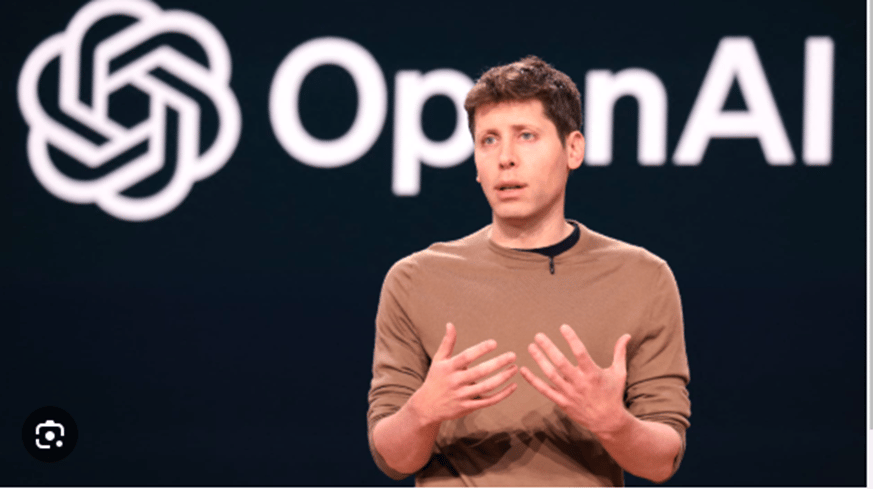- Charts of the Day
- Posts
- Daily Newsletter - February 12, 2025
Daily Newsletter - February 12, 2025
Daily newsletter for Financial Advisers by Financial Advisers.
1. The AI-led revolution in technology is likely to lead to dramatic productivity gains and an increase in economic growth.
“Technological breakthroughs in AI, Autonomous Mobility, and Humanoid Robots are likely to turbocharge productivity again, causing another step function in growth over the next 5 to 10 years”, according to forecasts from ARK Investments (Kathie Wood).
That’s a huge step-up from the IMF forecasts.

2. What could US tariffs mean for the US and EU economies?
Because almost 2/3 of US imports from China are capital goods or intermediate goods that go into manufacturing, analists from Morgan Stanley expect an escalation of tariffs to lead to a meaningful slowdown in the US economy into next year.
They note that when tariffs were imposed in 2018, there was a sharp downturn in domestic manufacturing activity in the US and in Europe.

3. “Escalating trade tensions at a time when sentiment and valuations are high suggests an increased risk of a pullback,” says Bank of America.
The S&P 500 is hovering close to a record, and Wall Street’s appetite for US stocks remains at a three-year high, according to Bank of America Corp. An indicator from the firm stood at its highest level since 2022 and was 1 percentage point away from flashing a contrarian “sell” signal.
However, “this doesn’t warrant shunning US stocks altogether, but taking an active approach rather than investing at the index level, and seeking opportunities outside the so-called Magnificent Seven stocks with valuations for the group stretched and concern around those companies’ ability to accelerate their earnings.”

4. Chinese biotechs are now developing drugs faster and cheaper than their U.S. counterparts.
China’s rise in biotech has been years in the making, but it is now impossible to ignore.
In 2020, less than 5% of large pharmaceutical transactions worth $50 million or more upfront involved China. By 2024, that number had surged to nearly 30%, according to DealForma.
A decade from now, many drugs hitting the U.S. market will have originated in Chinese labs.
Companies can conduct clinical trials at a fraction of what they would cost in the U.S., while recent changes in the Chinese regulatory system have streamlined and accelerated the approval process to get a study started.
Why spend $10 billion acquiring a U.S. biotech with a mid-stage drug when a similar molecule can be licensed from China for a fraction of the price?
Source: WSJ

5. Bill Ackman’s new Uber stake reignites the autonomy debate.
Here are the bulls and the bears:
Bull case: If ridesharing is a winner-takes-most market, Uber looks unstoppable. With a growing network of drivers and AV partners, global reach, and an expanding Uber One subscription base offering cross-product discounts, Uber is becoming the Amazon Prime of rideshare. Its ability to aggregate all use cases gives it a moat that AV-only competitors may struggle to match.
Bear case: What if Tesla’s robotaxi fleet changes everything? Elon Musk has promised a fully autonomous Cybercab network that could undercut Uber’s cost structure. It would offer the same capital-light model but without driver costs. If Tesla can scale a fleet of AVs owned by individuals, Uber and its AV partners may lose pricing power, eroding their core business. Uber’s long-term value in a driverless world would then be zero.
The reality will be far more nuanced, and the market doesn’t seem to agree with Tesla bulls in the past two months.
Source: APP Economy Insights

6. Catfight between billionaires.
Elon Musk makes a $97.4 billion bid for control of OpenAI.
“No thank you but we will buy Twitter for $9.74 billion if you want,” Sam Altman wrote on X.
OpenAI Ceo Sam Altman further said the company is 'not for sale' and they are 'open to work with China'.
Let’s see how that goes…

Not a subscriber yet?
How was today's Edition?What can we improve? We would love to have your feedback! |
Reply